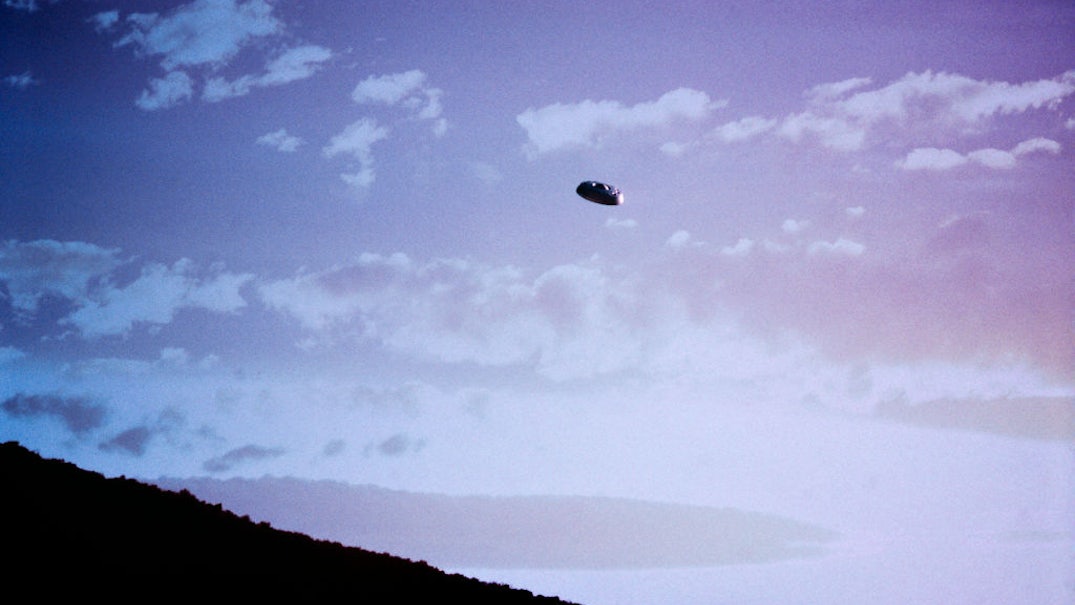This week on Stay Tuned, Preet spoke with former CIA Deputy Director Michael Morell, one of the nation’s foremost national security experts, about the source of the three UFOs shot down over North America this month. Morell said he’d be “really surprised” if the objects were extraterrestrial. But he underscored a concern shared by a growing chorus of lawmakers and Pentagon officials: there’s a lot we still don’t know. While the spate of recent shoot-downs has brought more attention to the matter of UFOs (which the government calls “Unidentified Aerial Phenomena,” or UAPs), the number of reported sightings has increased dramatically in recent years.
According to a report released in January by the Office of the Director of National Intelligence, there have been 247 reported UAP sightings by government personnel since March 2021, when the government last issued a declassified report. In the prior 17 years, there had been a total of 144 reported sightings. (The report identified an additional 119 sightings that were “either since discovered or reported after the preliminary assessment’s time period.”) The spike in reporting can in part be explained by a shift in culture within the Pentagon: after reportedly sidelining UAP investigators for the better part of a decade, military officials have in recent years begun to encourage officers to come forward with accounts of sightings. The majority of the sightings analyzed in the January report came from U.S. Navy and Air Force pilots who witnessed unusual aerial objects during the course of their operational duties.
Following a preliminary assessment by the All-Domain Anomaly Resolution Office (AARO) — the office at the Pentagon responsible for tracking and studying the sightings — many of the incidents can be explained by ordinary phenomena. For example, the office has identified 163 of the reports as “balloon or balloon-entities.” Other sightings have been chalked up to birds, drones, weather events, or debris. But 171 reported UAP sightings — about half of the overall number — remain unexplained.
It hasn’t always been easy for the public to access information about UFOs. The initial 2021 ODNI report, which reviewed sightings dating back to 2004, was the first such declassified assessment. Even still, it was criticized by lawmakers and members of the intelligence community for failing to provide explanations for the vast majority of the sightings. The report offered five possible explanations for the phenomena: secret technology developed by an adversary like Russia or China, American technology, weather events, airborne clutter, and a catchall “other” bin.
In May of 2022, the House held its first public hearing on UFOs in more than half a century. At the hearing, Rep. André Carson (D-IN), the chair of the House Intelligence Subcommittee on Counterintelligence, called out the military for historically underplaying the threat of UFOs. “We fear sometimes that D.O.D. is focused more on emphasizing what it can explain, not investigating what it can’t,” he said. “I am looking for you to assure us today that all conclusions are on the table.”
Much of the Pentagon’s public shift can be attributed to the efforts of Congress, and perhaps most famously, the work of one member in particular: former Majority Leader Harry Reid (D-NV). As Majority Leader, Reid secured funding for a program called the Advanced Aerospace Threat Identification Program, which operated in secret within the Department of Defense from 2007 to 2012, and according to some former officials, continued in some form well past that. (In a New York Times op-ed published months before his death, Reid wrote, “I believe that there is information uncovered by the government’s covert investigations into unidentified aerial phenomena that can be disclosed to the public without harming our national security. The American people deserve to know more.”)
Reid’s efforts have been taken up by a new generation of congressional leaders. Senators Marco Rubio (R-FL) and Kirsten Gillibrand (D-NY), along with Rep. Ruben Gallego (D-AZ), inserted an amendment into the 2022 National Defense Authorization Act that would reform and centralize the government’s approach to tracking and analyzing UAPs. It would specifically create a secure system for compiling UAP sightings and compel current and former officials to come forward with reports.
Write to us at letters@cafe.com.




























